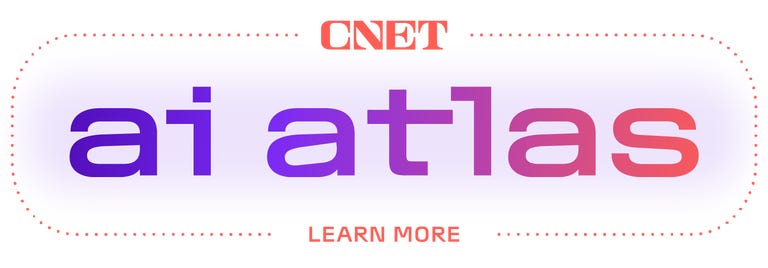Taylor Swift endorsed Vice President Kamala Harris for president on Tuesday, citing AI-generated deepfake images posted by Donald Trump that appeared to represent her support for the former president. Her message triggered a wave of interest in voter registration over the ensuing 24 hours.
The popular singer-songwriter, who had previously been silent about her stance on the candidates, announced her endorsement after watching Tuesday night’s debate between Harris and Trump, saying that the deepfakes Trump promoted “conjured up my fears around AI, and the dangers of spreading misinformation.”
“It brought me to the conclusion that I need to be very transparent about my actual plans for this election as a voter,” Swift said. “The simplest way to combat misinformation is with the truth.”
Swift’s Instagram post provided a link to Vote.gov, a resource on voting registration, and approximately 406,000 people clicked through to that site in the next 24 hours, The New York Times reported Thursday. Vote.gov directs users to voter registration sites in their own states, and it’s unclear how many people actually registered.
Still, the Times noted, Swift’s link was responsible for more than half of the roughly 727,000 visitors to Vote.gov from Tuesday to Wednesday.

Swift’s endorsement of Harris, the Democratic nominee for president, comes just weeks after Trump posted on his Truth Social platform that he had accepted Swift’s support. He also posted AI-generated deepfake images of Swift and her fans, known as Swifties, seemingly showing support for the Republican presidential nominee.
The images, which Trump topped with the text “I accept,” were originally posted on X, formerly known as Twitter, by a user who labeled them as satire. One of the images reposted on Trump’s Truth Social account had the word “satire” in the image text.
Conversely, Trump falsely accused the Harris campaign of using AI to fake a photo taken at a rally in August to show a greatly inflated crowd size. But numerous other videos and photos of the event showed a crowd similar in size to the one shown in the Harris campaign photo.
Read more: Election Deepfakes Are Here and Better Than Ever
The advancement of artificial intelligence, most notably with the rapid evolution of generative AI tools over the past two years, has made it easier for people to generate convincing deepfakes — manipulated images, video or audio appearing to show people doing or saying things they didn’t actually say or do. Experts worry these deepfakes could affect how or even if people vote ahead of the November presidential election.
The best way to defend against deepfakes, experts say, is to be skeptical and to have an eye for detail. AI-generated deepfake videos, for instance, may have quirks in motion, lighting or phrasing. It’s also important to evaluate whether the source is reputable and to do some fact-checking of your own.
The Trump campaign didn’t respond to a request for comment.

Watch this: Deepfake Tech at Defcon 2024




















+ There are no comments
Add yours